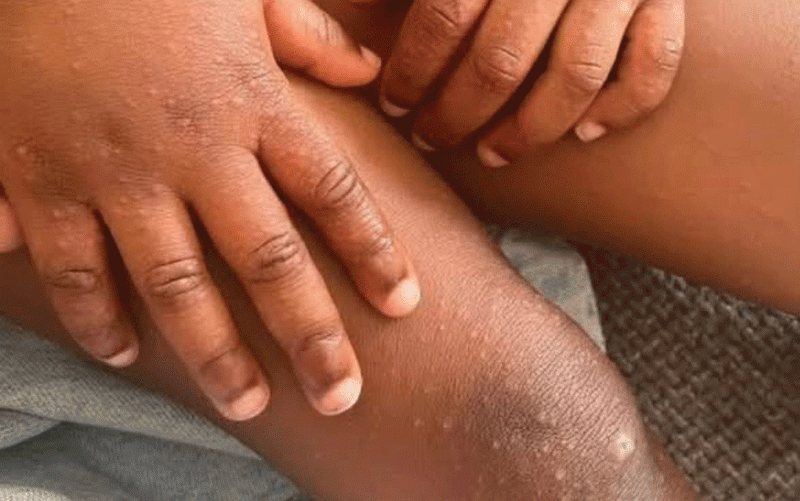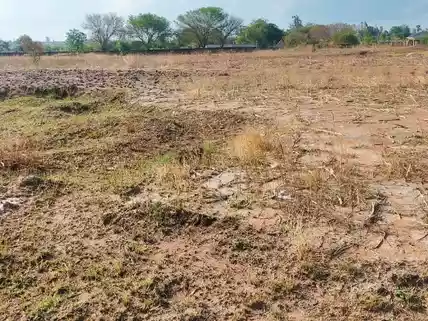
Mashonaland West recorded 16 suspected cases of the hand, foot and mouth disease (HFMD) in three days last week, bringing the provincial cumulative total to 210 since the first case was detected in August this year.
No deaths have been recorded to date since the outbreak began.
According to the latest provincial situation report, three of the province’s seven districts Makonde, Mhondoro-Ngezi and Zvimba have reported suspected HFMD cases.
Makonde was the first to register a case, with symptoms dating back to August 8, 2025.
The number of cases has steadily increased as surveillance intensified.
Health authorities said the rapid response team was fully active on the ground, with community health workers (CHWs) and Environmental Health Technicians (EHTs) conducting active surveillance and contact tracing.
All health facilities have been placed on high alert and are screening patients for symptoms consistent with HFMD.
Case management teams have been established and are providing supportive care, the recommended approach for the viral illness, which typically resolves within 7 to 10 days.
- Mavhunga puts DeMbare into Chibuku quarterfinals
- DeMbare fire blanks in drab draw
- NACZ contributing to arts teaching in schools
- Byo armed robber in court
Keep Reading
Bulawayo City Council (BCC) last week issued a public health alert amid reports of suspected HFMD cases, and urged residents to heighten hygiene practices and seek medical attention if symptoms appear.
The City of Harare last week also raised alarm over an outbreak of HFMD, with at least 501 cases recorded across several suburbs, mainly affecting children under the age of 10.
The local authority said the viral infection has been detected largely in Mabvuku, Mbare, Budiriro and Waterfalls.
HFMD disease is a mild illness caused by viruses.
Most often, a virus called coxsackievirus A16 causes it.
It is common in young children, but people of any age can get it.
Symptoms of HFMD include sores in the mouth and a rash on the hands and feet.
There's no specific treatment for hand-foot-and-mouth disease.
HFMD is typically mild and usually clears up on its own within seven to 10 days.
The disease is not related to the foot and mouth disease that mainly affects cattle and buffaloes.
Zimbabwe is currently battling outbreaks of infectious disease such as malaria, anthrax and dysentery at a time the country’s health delivery system is suffering from chronic underfunding.
The withdrawal of donor funding, especially by the United States government, has complicated the country’s response to malaria as many prevention programmes have been abandoned.
According to the Africa Centres for Disease Control and Prevention, cross Zimbabwe, 115 out of 1,705 health facilities had been affected by July this year, highlighting the widespread impact of the disease on healthcare infrastructure.
Since the start of 2025, Mashonaland Central Province had accounted for 32% of all malaria cases, while Manicaland reported 25% of the malaria-related deaths.
“The situation is worsened by the low use of insecticide-treated bed nets , leaving communities exposed and placing further strain on already stretched health systems,” the Africa CDC said at the time.
“This reflects a broader challenge across southern Africa, where shifting climate patterns and expanding high-risk livelihoods are driving a growing malaria threat, necessitating quicker, more targeted and sustained responses.”











